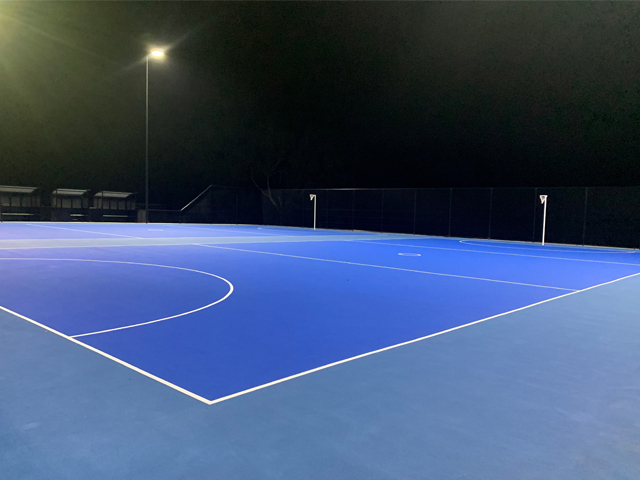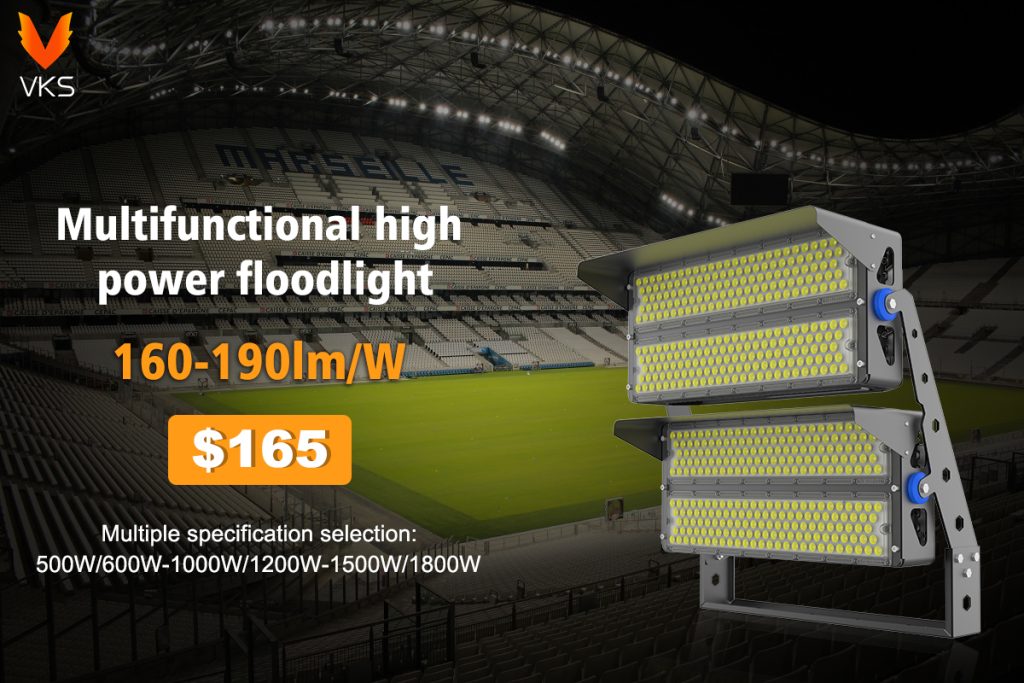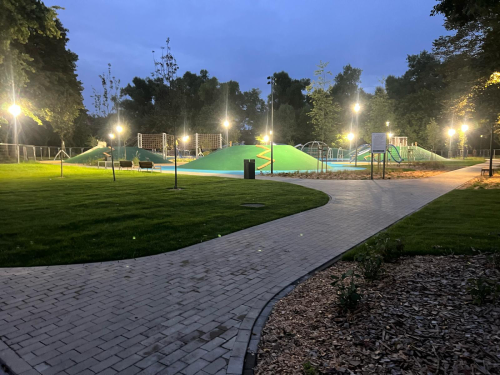Tips for Choosing The Right Sports Lighting
- VKS
- Jan 10, 2025
- Blog
Sports lighting is crucial for modern sports, ensuring optimal conditions for training and competitions in any weather. By mimicking natural daylight, it supports athletes at all levels, from beginners to professionals, and enhances sports facilities' functionality.

Sports Lighting Standards
- llumination Requirements:Sports lighting must cater to the unique demands of various sports. Football requires bright, even lighting in spaces up to 30 meters high, while track events typically stay within 3 meters. Sports like javelin and discus need lighting up to 20 meters. Uniform light distribution across all heights is crucial. For HDTV broadcasts, proper brightness ratios between athletes, the venue, and the audience are essential, along with consistent horizontal and vertical illumination.
- Illumination Uniformity:Uniform lighting ensures high-quality TV images and visual comfort for athletes and spectators. Uneven lighting can cause strain, especially in fast-paced sports or those involving small equipment. Vertical illumination and uniformity are critical to avoid disruptions.
- Brightness affects:both visual comfort and TV picture quality. Designers must balance light intensity to minimize glare for athletes and spectators. Directing some light to the stands improves background visibility for TV broadcasts and reduces glare. Proper fixture placement and design help achieve this balance.
- Excessive shadows: can disrupt TV broadcasts and hinder visibility for players and spectators, particularly in fast-paced games like football. While shadows are important for depth perception in broadcasts, careful design minimizes interference with gameplay or viewing.
Quick Tips for Buying Sports Lights
- Beam Angle:Choose lights with the right beam angle to ensure balanced and uniform lighting across the stadium.
- Waterproof Design:Opt for waterproof lights to withstand humidity and harsh weather. Check the ratings for durability.
- Heat Dissipation:Select lights with good heat management, preferably made from advanced aluminum for better conductivity.
- Low Glare:Prioritize lights with low glare ratings to prevent discomfort for players and spectators.
- Long Lifespan:LED lights with a lifespan of 50,000 hours are cost-effective and durable, lasting up to 11 years with regular use.
- Flicker-Free Lighting:Ensure the lights are flicker-free for smooth and reliable performance.
- CRI (Color Rendering Index):Measures color accuracy (0-100). High-quality LEDs score near 100, mimicking natural sunlight.
- Lighting Uniformity:Even light distribution (scale 0-1). Maintain lux levels between 550-600 to meet FIFA’s 0.7 standard.
- Cool Color Temperature:Aim for 5000K-6000K for daylight-like visibility.
Sports lighting L08 has the following significant advantages:
- Up to 600W 1200w 1800w
- High light efficiency,small angle, mainly an economical model
- 3000K~5700K
- 160~190lm/W

Summary
Stadiums need a color temperature of 5000K-6000K for cool, daylight-like illumination, benefiting both players and fans. Proper sports lighting is essential for the growth of the sports industry.

